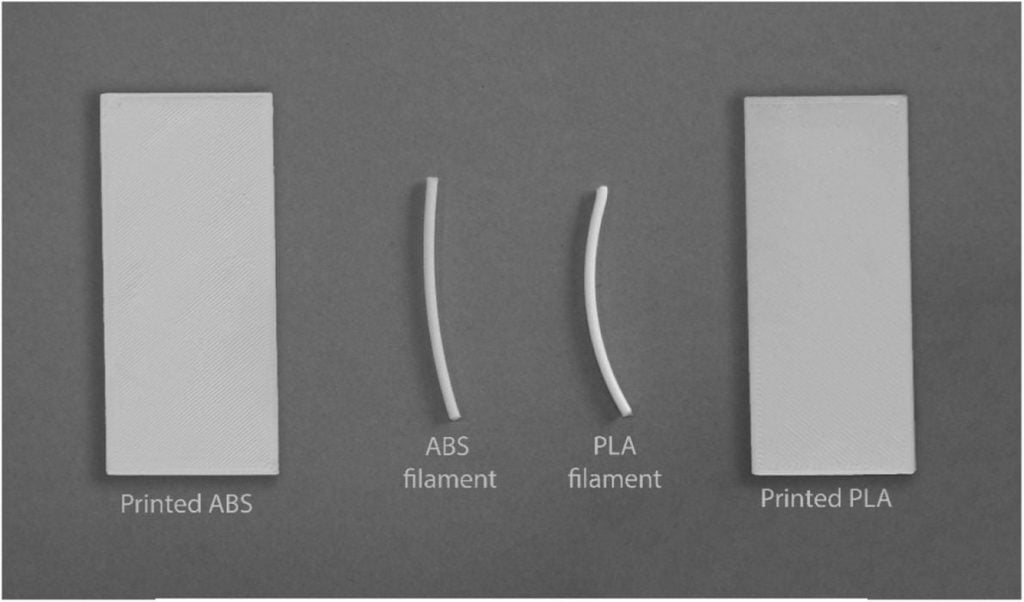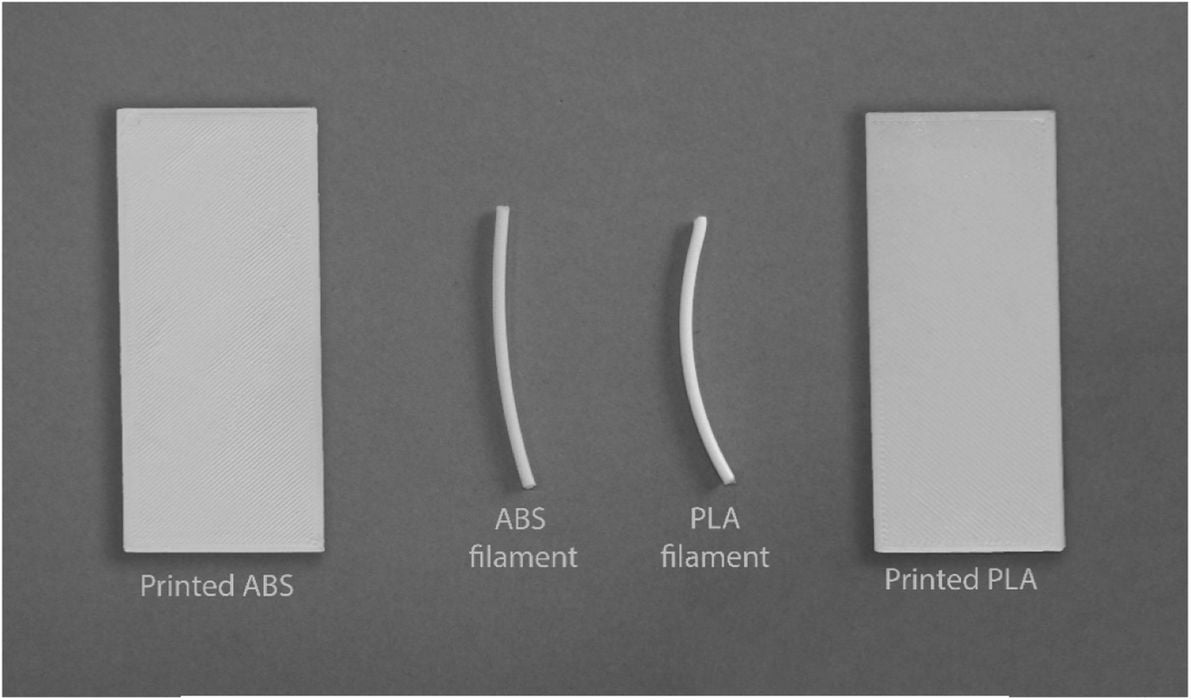
Researchers have analyzed the long-term durability of the most commonly 3D printed materials, PLA and ABS.
The Spanish research team was concerned about artworks being produced with 3D printers, which is indeed a very common application. Artwork should last for a very long time, but is this the case with these materials?
Artwork can last for a very long time. Consider the cave paintings that have lasted for millennia. In fact, one sample in Borneo is thought to be as old as 52,000 years!
Would a 3D printed artwork last 52,000 years? I’m not so sure that would be the case, but the researchers wanted to develop some data on this scenario.
The acquisition of this data would be critical for artists making decisions on material types, as well as for restoration specialists, who already know how to handle a variety of common artistic materials — but not 3D printed materials.
They tested samples of ABS and PLA, both in printed and filament form. The samples were subjected to varying amounts of UV light and heat in a simulated aging process.
The process involved a detailed analysis of the samples before aging to quantify their composition, morphology and colorimetric properties. These would be compared to the samples after the aging treatment.
The process used a UV chamber and a commercial convection oven, along with a number of precise measuring instruments to collect data. UV exposure was done in two different durations, 250 hours, and 500 hours. The temperature was a continuous 110C for each cycle.
What did they find? They explain:
“The results showed that ABS samples experienced alterations in all analysed properties due to the action of UV and temperature, while PLA samples experienced fewer changes in their properties, resulting the differences more significant after temperature ageing.”
They found the ABS material would quickly “yellow”, and even exhibit cracks, indicating that it’s not a particularly durable material for the long term. Meanwhile, PLA seemed to survive quite well, which is ironic, given its reputation as a “lesser” 3D print material.
ABS, however, is well known to be subject to UV degradation, and many use a similar material, ASA, as a substitute. ASA has nearly identical properties to ABS, except that it’s resistant to UV light. It would have been useful if ASA samples were used in the study.
The implication of this research is that artists should avoid the use of ABS when 3D printing artworks that are intended to last. PLA would be a better choice, and I suspect ASA could also work.
The other implication is that all that PLA junk produced by 3D printer operators is not going to degrade on its own. The video above shows an experiment where PLA prints were buried in wet soil for two years, and you can guess the result: no change at all.
We really need to be making a choice of materials when printing objects: do we want them to last forever, or do we want them to degrade over time? Unfortunately, the shelves are full of “forever” PLA, which just might last 52,000 years.
Via Science Direct

